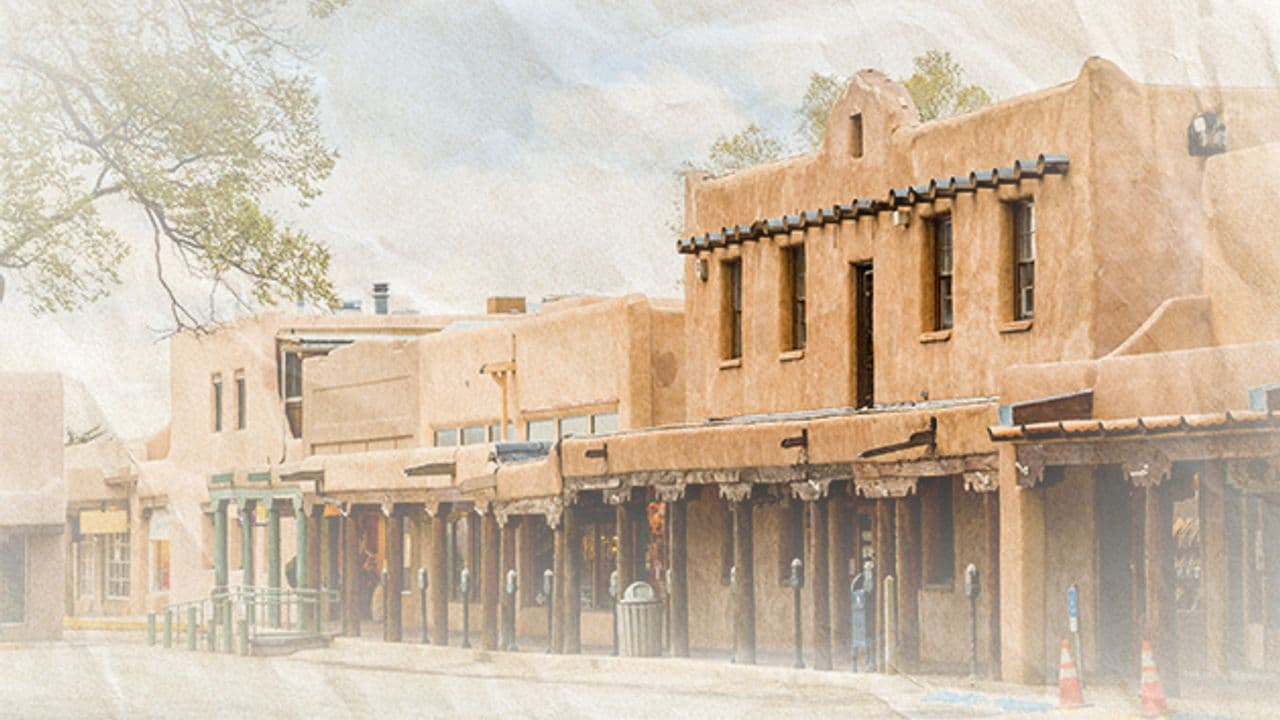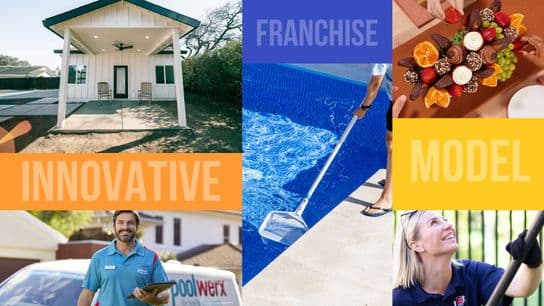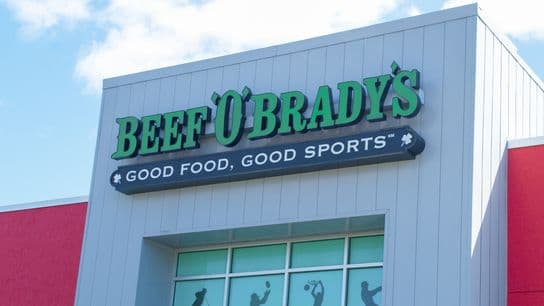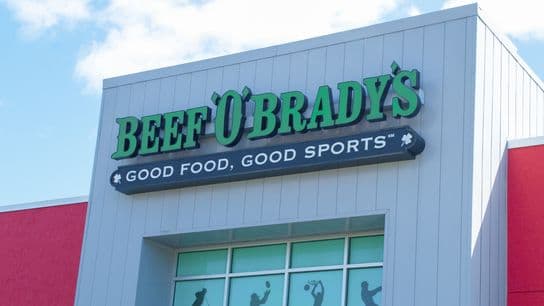What New Mexico's Economic Outlook Means for Franchisors
If you’re a franchisor looking to develop your business in New Mexico, you’ll want to consider the state’s policy variables and growth rates when scaling your plans.
This summer, ALEC-Laffer published their annual Economic Competitiveness Rankings, which forecasts a state’s current standing within 15 state policy variables. The report features two different rankings: Economic Outlook — a forecast based on a state’s current standing in 15 state policy variables — and Economic Performance — a retrospective measure based on a state’s performance over a 10-year period from 2008 until 2018. For the state of New Mexico, these rankings reveal a lot about where the state economy is going and where there is opportunity for their economy to grow.
- 2020 Outlook Ranking: 34
- 2008–2018 Performance Ranking: 47
The State
Historically, oil and gas production, tourism and federal government spending have been important drivers of New Mexico's economy. The state’s government has an elaborate system of tax credits and technical assistance to promote job growth and business investment, especially in new technologies. In 2017 New Mexico's gross domestic product was $94.2 billion, with a per capita personal income of $39,811 (ranked 48th in the nation).
The COVID-19 pandemic caused significant declines in New Mexico’s economy across the state. The southeast region struggled with declines in the oil and gas industry, its main generator of revenue and jobs, even as the industry remained a major economic driver amid the pandemic. New Mexico's count of active oil and gas rigs declined in the last year to an average of 46 rigs in August from an average of 109 in August 2019, and the industry wrestled with oil prices as the market struggled to recover from the price of oil plummeting below $0 in April for the first time in history.
Making Sense of the Data
What does this mean for New Mexico’s economy? To start with the Economic Performance report, the index shows that within the past ten years, New Mexico has been outperformed by 46 other state economies. The performance index is based broadly on a state’s performance within State Gross Domestic Product (rank: 45th), Absolute Domestic Migration (rank: 34th) and Non-Farm Payroll Employment (rank: 47th).
The Economic Outlook tells another story about the New Mexico economy. The ranking is based on a state’s current standing in 15 state policy variables. Each of these factors, ranging from sales tax burden to state minimum wage, is influenced directly by state lawmakers through the legislative process. New Mexico appears at No. 34 in this ranking. Although the state is ranked towards the bottom of the list right now, The Land of Enchantment still has plenty of potential to grow economically.
The report indicates that, generally speaking, states that spend and tax less experience higher growth rates than states that spend and tax more. While this is an important finding for entrepreneurs looking to start their own business, it shouldn’t discourage them from investing in the franchise of their dreams if they're in a market with a slower growth rate. For states like New Mexico, these factors present an opportunity to grow. For example, the state is ranked sixth in the nation when it comes to property tax burdens, paying $20.25 per $1,000 of personal income. The state is also ranked first in the nation for estate/inheritance taxation because it has no inheritance tax.
When it comes to deciding where franchisors should develop their brand, it’s always important to look at the complete picture of what the region has to offer. Although in the past New Mexico has lagged behind in performance, its potential for growth is improving exponentially, and the state’s economy may diversify in the future.
Franchise Growth Plans
So what should franchisors do with this information? Though most franchisors take a shotgun approach — meaning wherever a prospect franchisee inquires, the franchisor will typically entertain that marketplace — the strategy of looking at these overall policies can help them scale their business at a more efficient rate. With that said, the findings within the report should not be the deciding measure for franchisors, but they should play a role in the decision.
AWATfit
- Current units in state: 0
- Growth capacity in state: 5+
- Total jobs created at max growth capacity: 1
Rich Decker, CEO and founder of mobile-fitness franchise AWATfit notes that the brand is hoping to grow throughout New Mexico. The outdoor-focused brand is positioned to thrive in the sunny state.
“Aside from expanding in our home state of New York, we are looking to grow in other states like Texas, Florida, Arizona where the population grows exponentially daily,” said Decker. “We also look into new home permits, school expansion and population drivers. Finally, when identifying places to grow, we look at the average income, average home price, tourism, colleges and climate, as well.”
Workout Anytime
- Current units in state: 1
- Growth capacity in state: 5+
- Total jobs created at max growth capacity: 7
Terri Harof, director of franchise development for Workout Anytime notes that the fitness brand has identified New Mexico as a prime territory for growth.
"We are looking to grow in new markets where we don’t have an established presence yet,” said Harof. “We find markets that have the population numbers we need but don’t have clubs at every corner.”
MOOYAH Burgers, Fries & Shakes*
- Current units in state: 0
- Growth capacity in state: 5+
- Total jobs created at max growth capacity: 125
Better-burger franchise MOOYAH began looking at New Mexico as a prime expansion market back in 2017. The team said Albuquerque could support three to five restaurants, and the chain is currently looking to expand to Rio Rancho, Santa Fe and Las Cruces.
“When looking to expand, at a macro level we look at population growth, the health of the economy, supply chain availability and the state of both the residential and commercial real estate markets,” said Tony Darden, brand president. “Once through that we then take a more granular approach in terms of understanding the workforce, density of the population and the number and competitive seats.”
Franchise Brands Headquartered in New Mexico
*This brand is a paid partner of 1851 Franchise. For more information on paid partnerships please click here.









